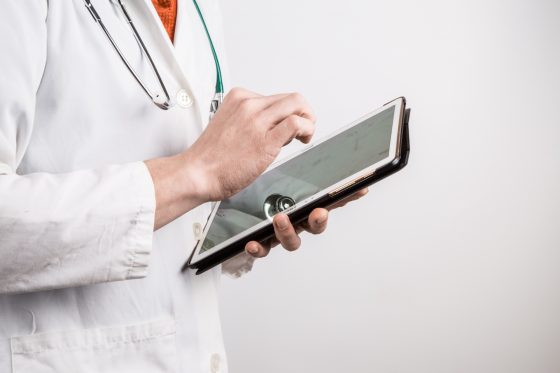From medical appointments via video to no-contact bottle returns, we’re using technology in new ways to maintain physical distance during the pandemic.

Photo credit: George Hodan/CC BY 1.0
I find it very admirable to see how people are adapting to life since the COVID-19 pandemic began. This is new for all of us, and we have really transformed our use of technology to help us keep our physical distance from one another.
For example, many doctors are consulting with patients via video. Recently I spoke with a retired nurse who told me how much she loves being able to connect with her doctor online.
“I don’t have to deal with parking or travelling. It’s super easy,” she says. “My doctor is also loving it and says it’s making her workload more manageable. She’s at home too, and it’s more relaxed and personal.”
In the past, she had to travel over a busy bridge to a neighbouring municipality to renew prescriptions. Now she can do this from home, and plans to continue doing so even after the pandemic. She and so many others are using a service called medimap that connects you via video to a doctor in your area. You phone their office and are directed to a “virtual waiting room” until your doctor is ready to see you on video. It works if you have your own family doctor or are meeting with a doctor on-call.
No-contact bottle return
Another example of how we’re doing things differently is the “no contact” approach bottle depots are taking. In some situations, people put their cans into carts that depot workers then pull into the facility. The workers count the cans and give patrons a paper slip, which they take outside to an ATM machine. They put the slip into the machine, and remove their money.
Return-It is trying out reverse-vending machines — automated ones that you feed cans into. (For more info, read Return-It Modernizes B.C.’s Beverage Container Recycling System.) I talked about these safety measures with Geoff Clark, a senior occupational hygienist at WorkSafeBC.
“People should be patient, observe the rules, and be aware of the changes being made,” Geoff says. “The new processes might be slower sometimes, but they keep us safe by reducing contact between workers and people coming in.”
What are some of the most interesting innovations you’ve seen? Let’s look at some of the positive things people are doing. Leave a Comment!


